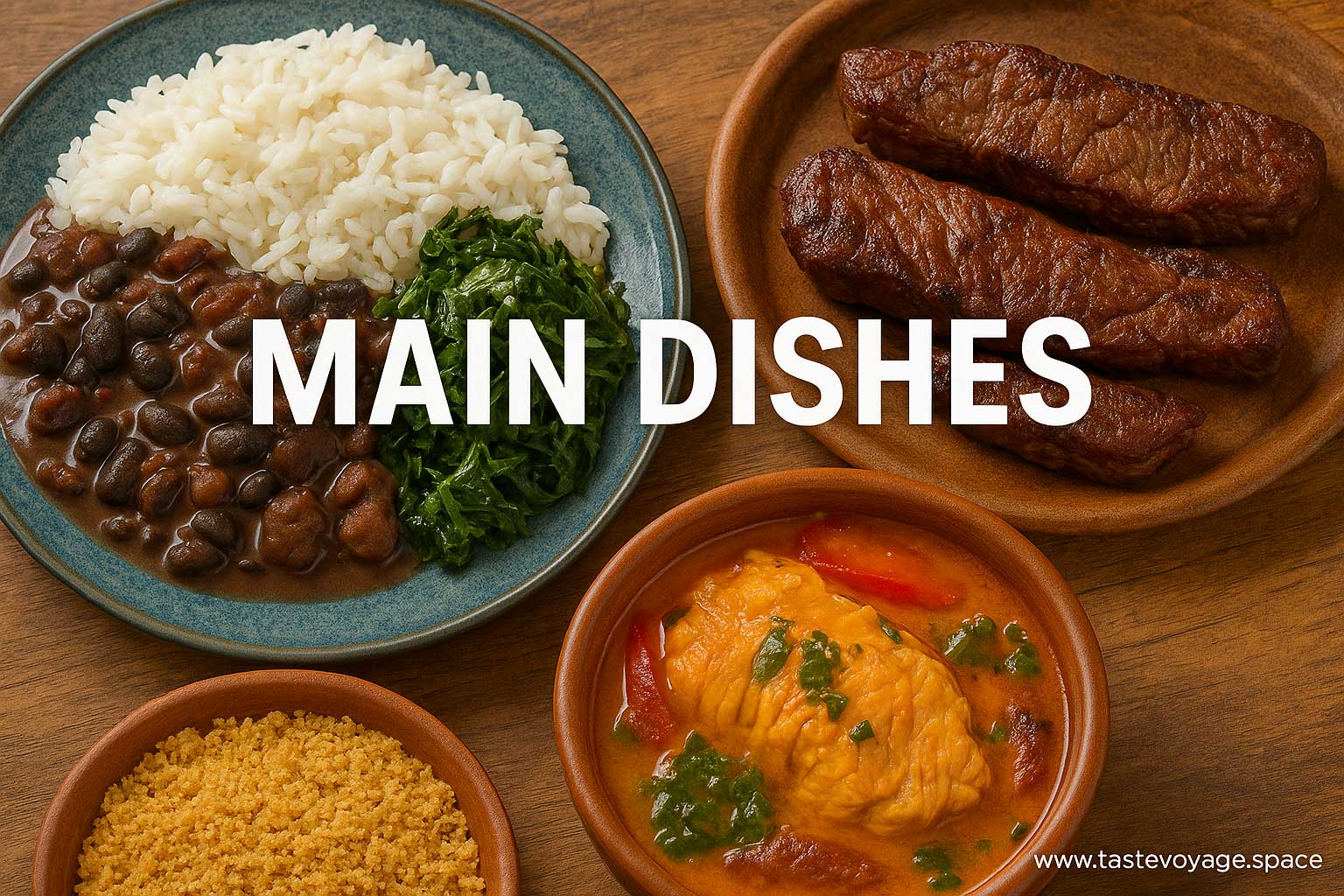Authentic Brazilian Linguiça Recipe: How to Make Sausage at Home
Travel the World Through Food >> Brazilian Cuisine>>Main Dishes>> Authentic Brazilian Linguiça Recipe: How to Make Sausage at Home
Authentic Brazilian Linguiça Recipe: How to Make Sausage at Home
Discovering Linguiça: A Journey into Brazilian Culinary Heritage
Brazilian Cuisine is a vibrant tapestry woven from diverse flavors and traditions. Among its most beloved culinary icons is linguiça, a savory sausage that holds a special place in the hearts of many Brazilians. This dish goes beyond simple ingredients, embodying a rich cultural History and culinary significance that reflects the soul of Brazil’s food heritage.
The Cultural Significance of Linguiça in Brazil
Linguiça is more than just a type of sausage; it is a symbol of Brazilian hospitality and communal life. Traditionally, it is prepared during family gatherings, festivals, and outdoor barbecues known as churrascos. Sharing linguiça creates a sense of togetherness, fostering bonds among friends and relatives. The process of making and enjoying this sausage often becomes a cherished tradition passed down through generations, preserving culinary skills and cultural stories alike.
In many regions of Brazil, each family has its own recipe, often handed down with pride. The ingredients and spice blends vary from place to place, showcasing regional tastes and local ingredients. Whether seasoned with garlic, paprika, or other regional spices, linguiça always showcases the ingenuity and adaptability of Brazilian cooks. Its diversity reflects the country’s rich mosaic of cultural influences, making each version a unique expression of local identity.
Culinary Significance and Regional Variations
Linguiça’s popularity spans the entire country, yet each region boasts its own distinctive take. In the southern states, for instance, the sausage is often smoked and seasoned with smoky paprika, giving it a deep, robust flavor. Meanwhile, in the southeastern parts, it may feature a milder profile with fresh herbs and garlic. These regional variations highlight the versatility of linguiça and its ability to adapt to local ingredients and tastes.
The culinary significance of linguiça extends beyond its taste. It plays a central role in many traditional Brazilian dishes. It can be grilled, sliced into stews, or served with hearty sides like rice, beans, and farofa (toasted cassava flour). Its smoky aroma and satisfying texture make it a favorite at gatherings and celebrations, symbolizing comfort and conviviality.
Celebrating Brazilian Food Culture Through Linguiça
Embracing linguiça offers more than a delicious experience; it provides a window into Brazil’s vibrant culinary culture. It exemplifies how simple ingredients can become powerful carriers of tradition, identity, and community spirit. Whether enjoyed at a lively churrasco or in a family kitchen, linguiça connects people through shared flavors and stories.
For lovers of culinary exploration, discovering the different styles of Brazilian linguiça invites an appreciation for the country’s regional diversity and cultural richness. Each bite tells a story of history, craftsmanship, and the joyful spirit of Brazilian cooking.
In summary, linguiça is much more than a savory sausage. It embodies Brazilian cultural values, regional identities, and culinary artistry. Its enduring popularity highlights the importance of food as a means of connection and tradition. Whether you’re new to Brazilian cuisine or a seasoned enthusiast, exploring linguiça offers a delicious way to celebrate Brazil’s vibrant food heritage.
